Donor management is the method of organising a donor’s info, and maintaining your interactions with them. Build your relationship with them and most importantly, make your donors the backbone of your organisation. Building trust and good relationships along with your donors to be a central focus.
These areas describe many ways in which to manage your donors' expectations. Improve their experiences along with your noncommercial, and trust relationships with those trying to support your mission. Understanding your donors' desires and expectations is important to your success.
Donor management is the method of storing donor data, recording donor interaction and information to boost additional funds. By keeping track of your donor’s preferences, demographic information, and donation history. You will communicate with them in a very manner that ends up in higher donor engagement and fundraising outcomes.
In this article, you‘ll learn all you would like to understand concerning managing your donors. You’ll learn factors that may assist your donors and achieve your goals.
Stages of the donor journey
There are five major stages within the donor journey. Therefore, we better understand what stages a donor's management leads us.

Raise Awareness

Consideration

Decision

Ask for a Donation

Thank and show impact
Top Features
Raise Awareness of the Donor management
The first stage of the donor journey is awareness, wherever the donor realises they need to provide to or facilitate your non-profit-making meet its goals. The amount of awareness your non-profit-making maintains directly affects the chance donors can notice and choose to support the organisation. It is not enough to just tell potential donors what your organisation does, you need to motivate and inspire them with powerful and meaningful stories that connect with people on an emotional level. Donors need to feel that they are a main element of your work and that what they do makes a difference. Likewise, ensuring your non profit is accessible to potential donors of any kind is the best thanks to improve your awareness and, thereby, improve your possibilities of attracting new donors.
Consideration of the Donor Management
The second stage of the donor journey is thought. To clearly, a donor determines a selected mission they require to support and analyse wherever to administer. For instance, your organisation's perspective is to make a trustable moment in your relationship with a selected donor. You want to be certain that in the thought method, a possible donor has everything they have to encourage them to come back to donate to your organisation and work toward your good cause mission. And above all, giving time or cash to your organisation may be a chance to show the emotional phase of your impact.
Decision of the Donor Management
Thirdly, to create your donor attentiveness to your organisation and involve them with your donor journey. Making it straightforward for the potential donor to present is crucial to not losing them this late within the donor method. Above all, an outstanding gift button on your web site which creates the donation method impressively. Instantly, you will check that the potential donor completes the method and trusts that their investment was in proper hands.
Ask for a Donation to Donor
The fourth stage for donor management is to ask for a Donation. By all means, the important thing to remember is that each donor is unique and must be treated as a person, not as a wallet. You should deepen your connection with them and help ensure that they continue giving the donation to the donor organisation.
Thank and show impact for donor
Meanwhile, efforts to bring back new donors and at the value of holding existing donors and one important piece of donor retention is writing thanks letters. For instance, thanks notes are simple thanks to improve donor attention and may never be ignored.
To sum up, these notes shift the main focus from the lightness of your organisation to the nice your donor is doing by giving to your organisation. This brings home the sense of achievement and satisfaction.
Contact Us
Have a question for us, or feedback? Please click on the most appropriate category below and fill out the form to reach us.
- Email : info@deentek.com
- Phone : +1-844-U-ASK-DTS
+1-844-827-5387 - Address : 3333 Warrenville Rd, Suite 200 Lisle IL , 60532


